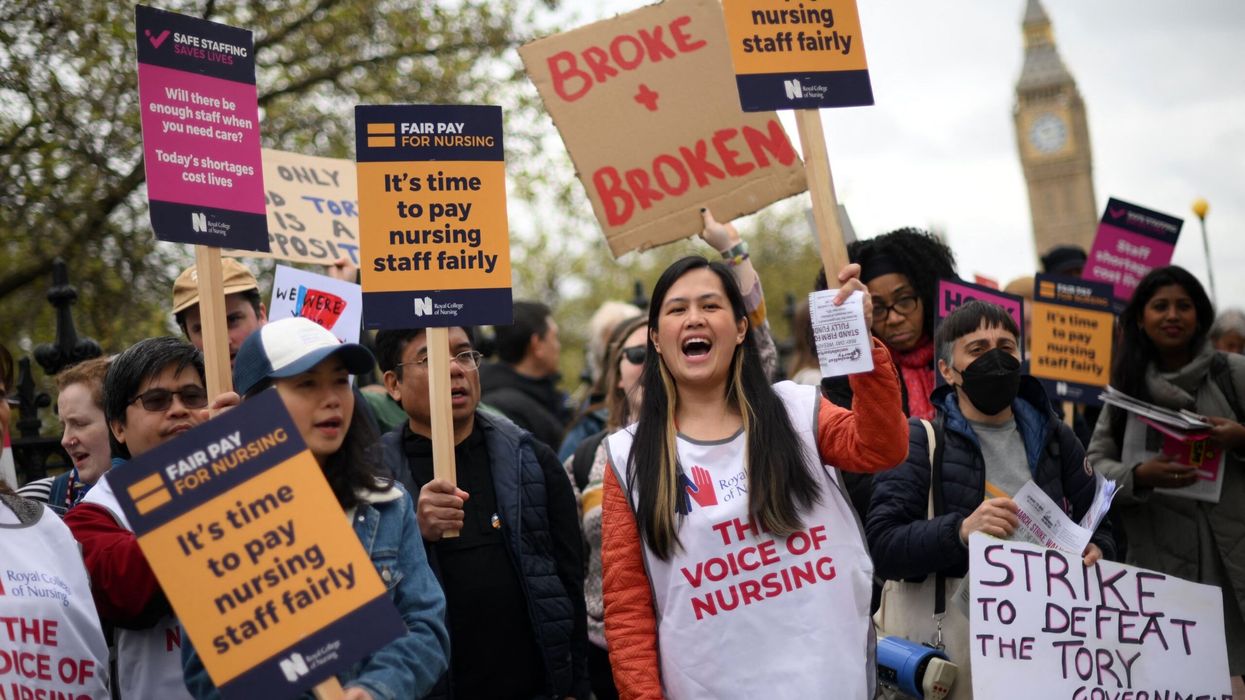A team of experts in the UK and India are taking on the challenge of tackling the most polluted city in the world in a new project using the latest technology. The assessment of Delhi’s chronic air pollution is being led by academics at the University of Surrey and University of Birmingham, after the institutions won funding to analyse air pollution sources in the city and produce recommendations to the Indian government.
The bustling city, which is home to 46 million residents, was rated the most polluted in the world by the World Health Organization (WHO) in 2014. Annual mean levels of particulate matter (pollutants) exceed WHO guidelines by a factor of 15 and are responsible for substantial chronic and acute health impacts, with resulting economic costs.
Dr Prashant Kumar, principal investigator at the University of Surrey, has lived and worked in the city for several years but is now based in the UK. He told Eastern Eye that he felt a personal responsibility to drastically improve the situation in the sprawling metropolis.
“Almost one in three adults and two in three children have respiratory symptoms in Delhi – every second person is affected by air pollution,” Kumar said. “It is a landlocked city, so it doesn’t have sea salt to flush the emissions out and is surrounded by densely built-up polluted areas.”
Over a period of four years and during different seasons, the team will carry out field observations, record measurements and collect samples to try and understand the sources for the harmful emissions.
They will study where are they coming from, how many pollutants are being produced within the city itself and how much contamination is coming in and going out of the region. The father of three explained that the burning of low-quality fuels in surrounding areas was exacerbating the desperate situation in India’s second largest city.
Furthermore, during winter months, pollution rises to alarming levels. “Agricultural refuse is also burnt during the winter in the surrounding areas and plumes bring a lot more pollution to the city. In the winter, atmospheric stability means pollution doesn’t disperse very well. During Diwali, it’s really bad because you can smell the pollution and taste it because of the firecrackers,” he added.
Dr Kumar and the team will use the analysis to try to influence Indian policy makers to reduce pollution levels in Delhi. “It is an ambitious target but we’ve got a solid plan – I’m fully confident in achieving our goal,” he added.
The expert believes that big changes, including the development of infrastructure, such an extending the city’s metro system, will help to bring down harmful emissions.
“In Delhi people use their own vehicles, they can’t rely on public transport. They are extending the metro line but the pace is not good enough to meet the requirement.
“These are long-term investments, it’s a need where you can encourage people to use public transport. You have to make it reliable and you have to make it more widespread,” he said.
The project, which brings together some of the world’s experts in air quality, received funding from the Natural Environment Research Council (NERC), and is also being led by the Indian Institute of Technology (IIT) in Delhi.












